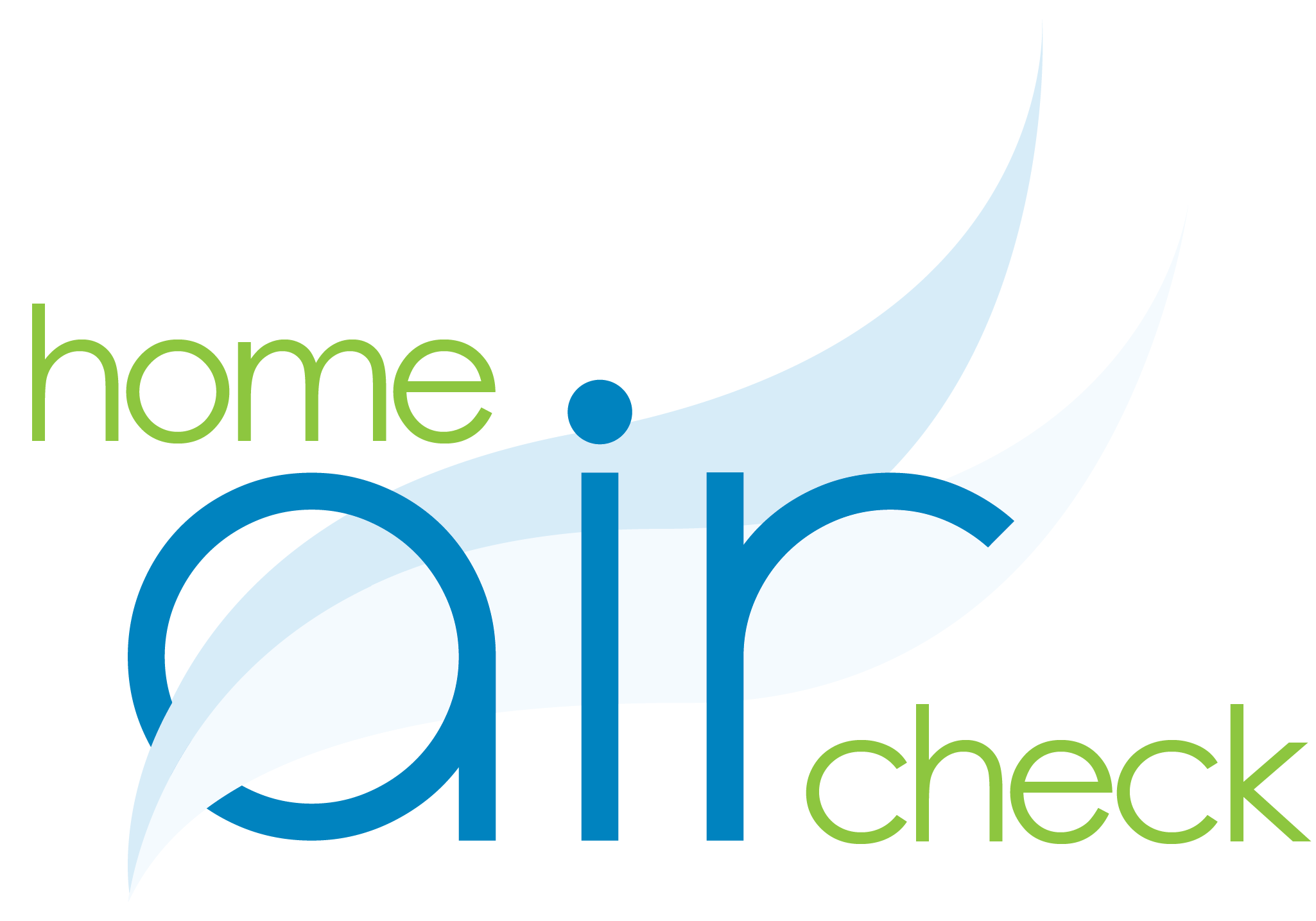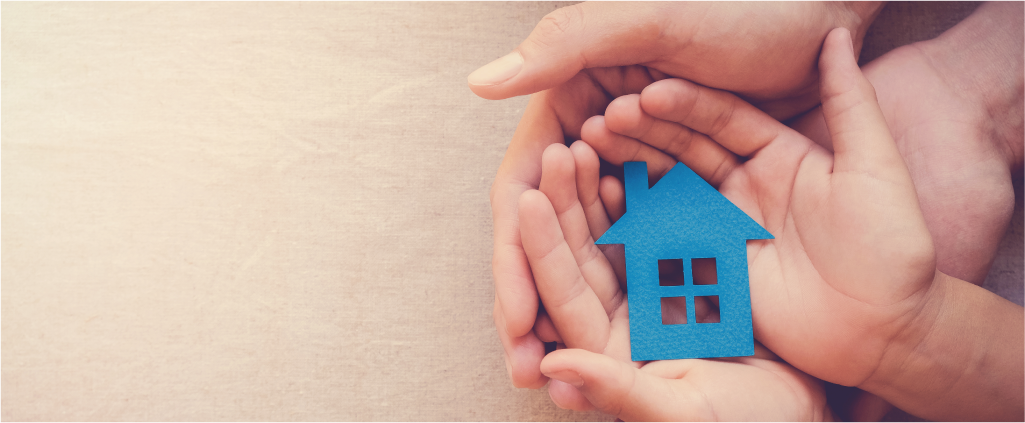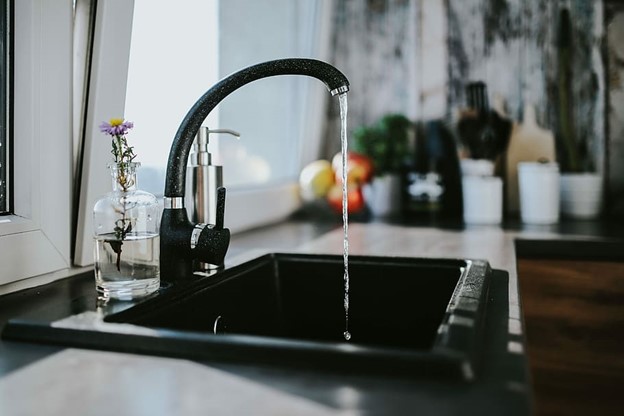How Air Quality Contributes to Mold Growth
It’s dangerous to have mold growing in our homes. Prolonged exposure to mold can negatively affect your respiratory health, causing symptoms from mild wheezing to more intense ones like shortness of breath. As such, it’s important to prevent it from forming. While there are several ways to do this, like preventing leaks, one of the most important methods is improving the air quality at home. Here’s why.
Damp air causes mold
Mold thrives best in humid environments. It’s why it often grows in bathrooms and kitchen sinks. Therefore, when your indoor air always feels sticky and wet, expect mold to start forming in places where it’s not usually seen, like your furniture or carpet. Plus, mold isn’t the only thing that thrives in damp air; it’s also a well-loved environment by dust mites. One solution to this is to use a dehumidifier to suck the moisture out of the air.
Condensation in the air causes mold
Now that we’re entering the winter season, expect the cold air outside to cause condensation indoors. Condensation happens when the air becomes so damp, it can’t hold the water anymore—so the liquid begins to form on windows, walls, and even inside wardrobes. If you don’t find a way to balance the temperature indoors, mold will start forming on the spots where condensation occurs. This is why it’s important to keep your heating in check.
Stagnant air causes mold
When the air remains over an area for an extended period, this is called “stagnant air.” Stagnant air is hot and moist—the latter of which can grow mold. If you take a lot of (really) hot showers or boil a lot of broth, that hard-to-breathe-in steamy air that comes after is an example of stagnant air. It’s another factor why mold appears in bathrooms and kitchens often. Fortunately, by opening a window or turning on an exhaust fan you can get rid of stagnant air.
What do I do if there’s already mold growing?
Of course, even with all of these precautions, mold will find a way to grow. In this case, there are a few options available to you:
Cleaning businesses specialized in various niches, so be sure to choose one that has trained their teams to deal with mold cleaning. Remember to check what tools they’re going to use as well. Even those who have just started their own cleaning business will have their own equipment. If you have children or pets, ask for the brands of their cleaning products and check if they’re safe to use.
Grab a Cleaner
Then again, if the mold is tiny (or less than 10 square feet), you don’t need to hire a service just yet. Professionals attest that some tools can safely eliminate molds, such as chlorine bleach, hydrogen peroxide, distilled white vinegar, and others. Do not touch it with your bare hands. Mold can irritate the skin. Wear gloves, pour the mixture on it, and thoroughly scrub the area. Rinse it with water and make sure to dry the spot completely so the mold never comes back.
Paying attention to your home’s air quality is an important step to prevent mold from forming. Don’t wait for the air to start getting damp before you do something about it; apply every precaution you can, from purchasing a dehumidifier to setting your HVAC to the right temperature. If mold still forms, calm down, and think about how you can safely remove it.
Exclusively written for homeaircheck.com
By Jenni Brittie


